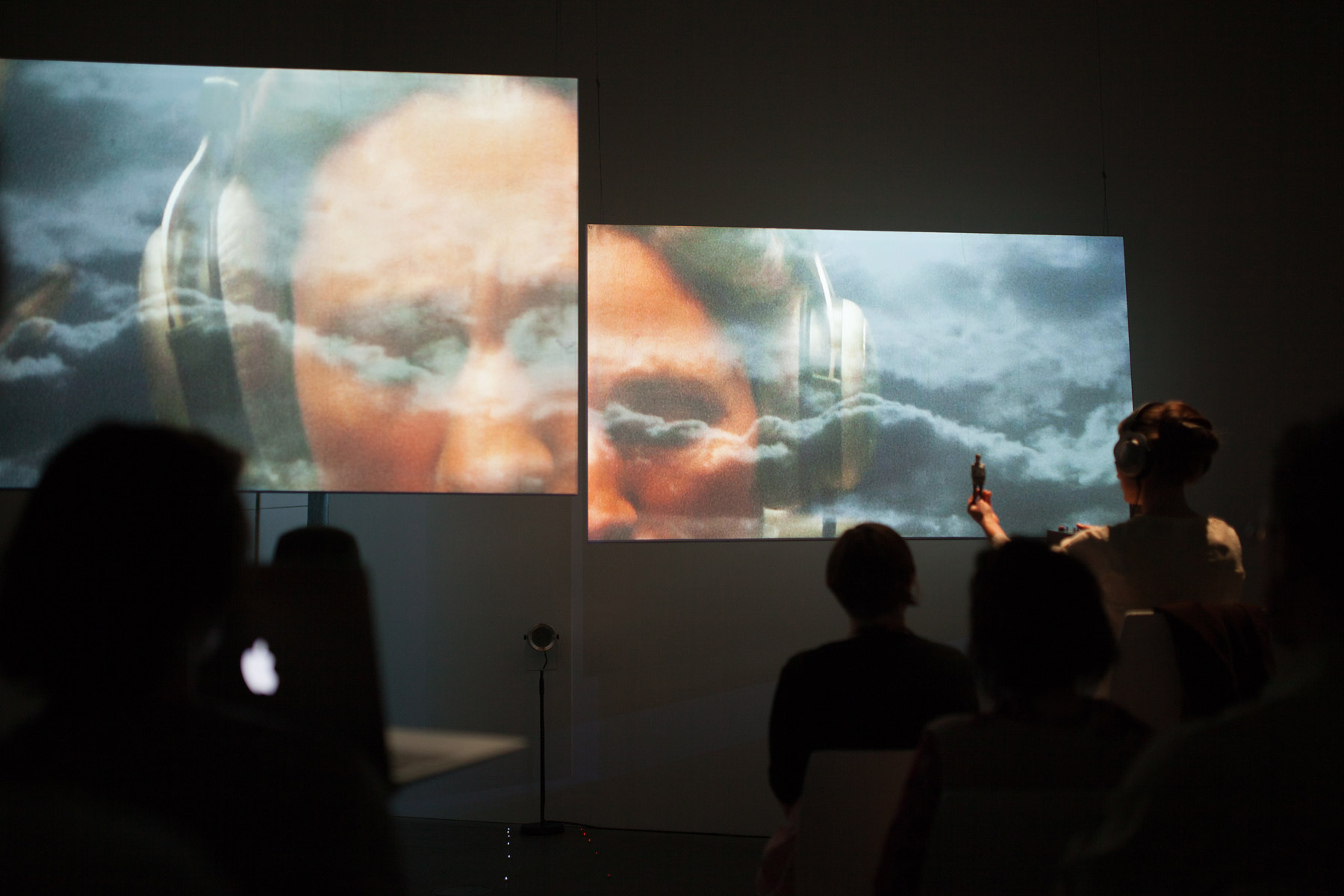Kayser is sitting next to me and, disconcertingly, clicks her tongue and makes soft whirring noises as the fans thrum.[1]
It can be both uncomfortable and exciting to be very close to the body of a performer who is performing. Proximity increases risk. The performer may not just affect, but make use of me in some way. At the same time, it brings the charm and technical skill of the performer close. Her breath, heat of her body, vocal technique become available to perception in rare detail.
[I]t has to be said that sitting next to an operatic performer in a very confined space can be confronting. Such are Kayser’s personal charms and control of vocal dynamics, that there was much more thrill than discomfort… [2]
In the first iteration of Chamber Made’s Turbulence, risk to the body of the audience, and rare sensuous engagement are produced by the proximity of the performer’s moving and sounding amongst the audience, seated close together in the chamber as suburban apartment.
[1] Cameron Woodhead, “Theatre Review: Turbulence,” October 17, 2013, in The Age, accessed March 1, 2018, http://www.theage.com.au/entertainment/theatre/theatre-review-turbulence-20131006-2v2e7.html
[2] Heather Leviston, “Turbulence,” October 7, 2013, in Arts Hub, accessed March 1, 2018, http://performing.artshub.com.au/news-article/review/performing-arts/turbulence-196890
Photo credit: Pier Carthew
